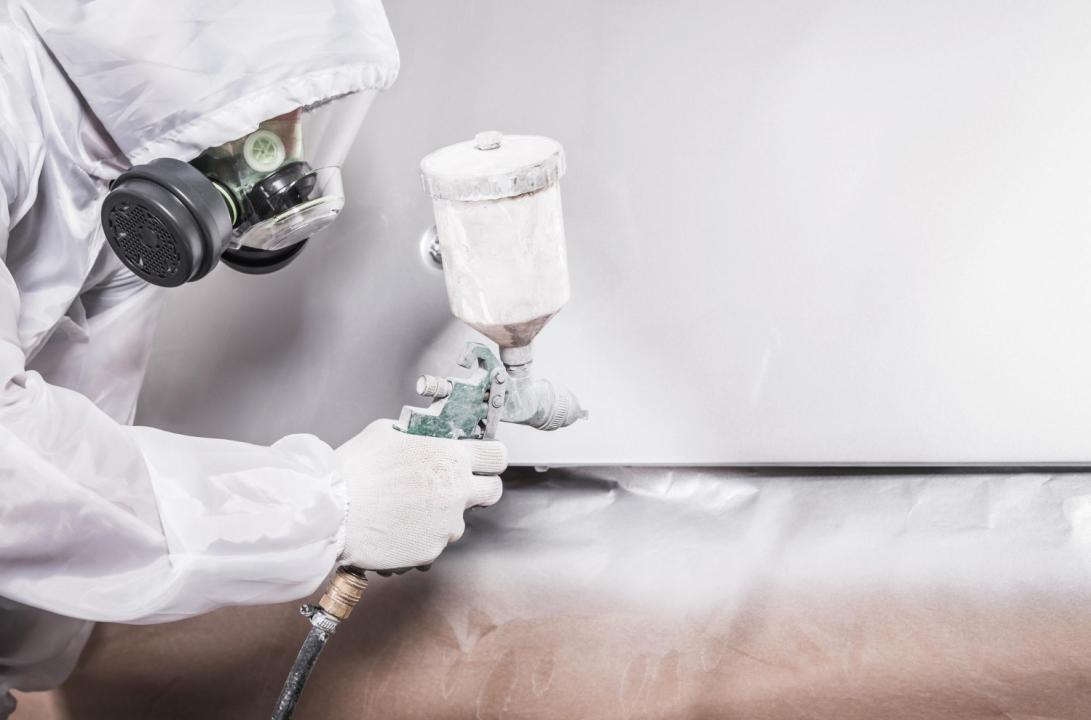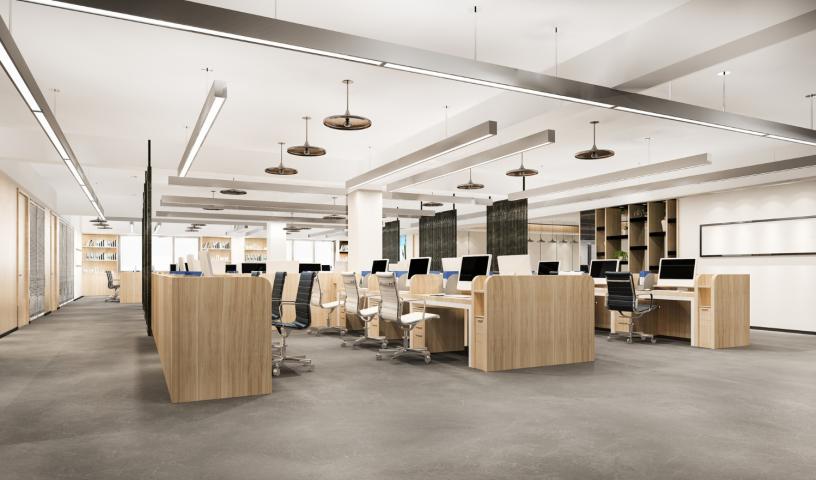In today’s performance-driven construction and interior design landscape, stakeholders are increasingly seeking solutions that combine aesthetics, longevity, and financial viability. Whether it’s an open-plan office, a buzzing co-working hub, a cultural auditorium, or a high-end retail space, the demand for surfaces that are not only functionally efficient but also visually seamless has grown significantly. This intersection of utility and design is where Acoustic Spray solutions are gaining rapid momentum.
The conversation around acoustics has traditionally revolved around rigid panels, baffles, or tiles. While these still hold relevance, they often fall short in architectural flexibility and seamless integration. This is precisely where Acoustic Spray, with its adaptability and finesse, stands apart. It offers a non-intrusive, fluid, and long-term approach to sound control—redefining how designers and developers approach Return on Investment (ROI) in both new and retrofit projects.
Quiet Revolution in ROI Thinking
When discussing ROI in building and design, the typical focus rests on immediate costs versus long-term savings. However, the new-age investor or developer is also measuring intangible value—like user experience, spatial comfort, and brand perception. Acoustic Spray Foam and Acoustic Spray Paint solutions cater to all these factors with precision.
Their application creates a monolithic surface that doesn’t disrupt the visual identity of a space, especially in areas where traditional acoustic treatments might stand out awkwardly. More importantly, their performance doesn’t degrade easily over time. This durability means that maintenance cycles are fewer, and replacements are rarer—an often-overlooked component in lifecycle cost calculation.
When this kind of longevity pairs with energy efficiency (thanks to better acoustic insulation, reducing HVAC strain) and improved productivity (by enhancing speech clarity and noise absorption), it directly contributes to both qualitative and quantifiable ROI.
Beyond Function: Aesthetics as a Value Driver
It’s easy to forget that in commercial environments, perception is a powerful currency. Whether it’s attracting tenants to a commercial building or ensuring user satisfaction in a public facility, spaces need to look and feel right.
Modern Acoustic Spray Ceiling finishes deliver clean, even surfaces without compromising design integrity. Unlike panels or modular treatments that break visual flow, these sprays can be applied over irregular geometries, exposed structures, or heritage architecture without disrupting original aesthetics.
Designers are no longer boxed into grids and alignments. With Acoustic Spray, they gain the liberty to sculpt experiences—quietly and creatively.
This design fluidity is crucial when a space’s visual story is tied to brand identity or cultural relevance. For example, high-end retailers want acoustics but without compromising their curated ambiance. Museums want a whisper-quiet experience without interfering with display aesthetics. In such cases, Acoustic Spray Foam and Acoustic Spray Paint become ROI multipliers—not just by controlling sound but by preserving or enhancing the design vision.
Built to Last: Durability as a Strategic Asset
What truly sets Acoustic Spray apart is its ability to endure. These formulations are engineered to resist wear and tear, microbial growth, and discoloration, even in humid or high-traffic environments. Once applied, they create a resilient layer that does not peel, warp, or sag—common issues with many traditional acoustic treatments.
This stability over time translates to reduced intervention and fewer refurbishments. For property owners, this means less operational downtime, lower labor costs, and minimal tenant disruption. For facility managers, it means easier maintenance planning. In both cases, the result is a clearer, more predictable ROI path.
Moreover, these sprays contribute to sustainability goals. Many Acoustic Spray products today come with low VOC emissions, are made from recycled or recyclable content, and support LEED and WELL certifications. This not only aligns with global environmental standards but also enhances the long-term value of the built asset.
Flexible Investment, Scalable Benefits
A common misconception is that Acoustic Spray Foam or Acoustic Spray Paint is a luxury reserved for high-end or bespoke projects. But the reality is quite the opposite. These products are available in various grades, densities, and finishes—making them suitable for budget-conscious developers without compromising performance.
Scalability is another compelling factor. Whether it's a small conference room or a multi-floor office tower, these spray systems can be applied quickly and efficiently, often without halting other ongoing works. This kind of operational flexibility minimizes project delays, an often-overlooked hidden cost in construction.
Additionally, by integrating Acoustic Spray Ceiling finishes early into design and construction timelines, project teams can reduce overlapping layers, additional hardware, and installation redundancies. This streamlining of processes has a direct impact on time and cost savings.
Bottom Line: Strategic, Not Just Aesthetic
The adoption of Acoustic Spray systems represents a shift from treating acoustics as an afterthought to embedding it into the design DNA of a space. It is no longer just about compliance or comfort—it’s about competitiveness. Developers and owners who invest in acoustic performance that is both visually and functionally enduring are not just improving their spaces—they are future-proofing their assets.
The added value doesn’t stop at occupants and end users. Brokers, leasing agents, and brand managers also gain a more marketable, more desirable property. And with increasingly sound-conscious regulations and tenant demands, this becomes a strategic advantage.
In summary, Acoustic Spray Foam, Acoustic Spray Paint, and Acoustic Spray Ceiling solutions are not just smart acoustic tools—they are ROI-smart design enablers. Their durability, design adaptability, and maintenance efficiency make them a long-term ally for architects, builders, and owners alike. In the evolving dynamics of built environments, this is an investment that speaks volumes—quietly.
















